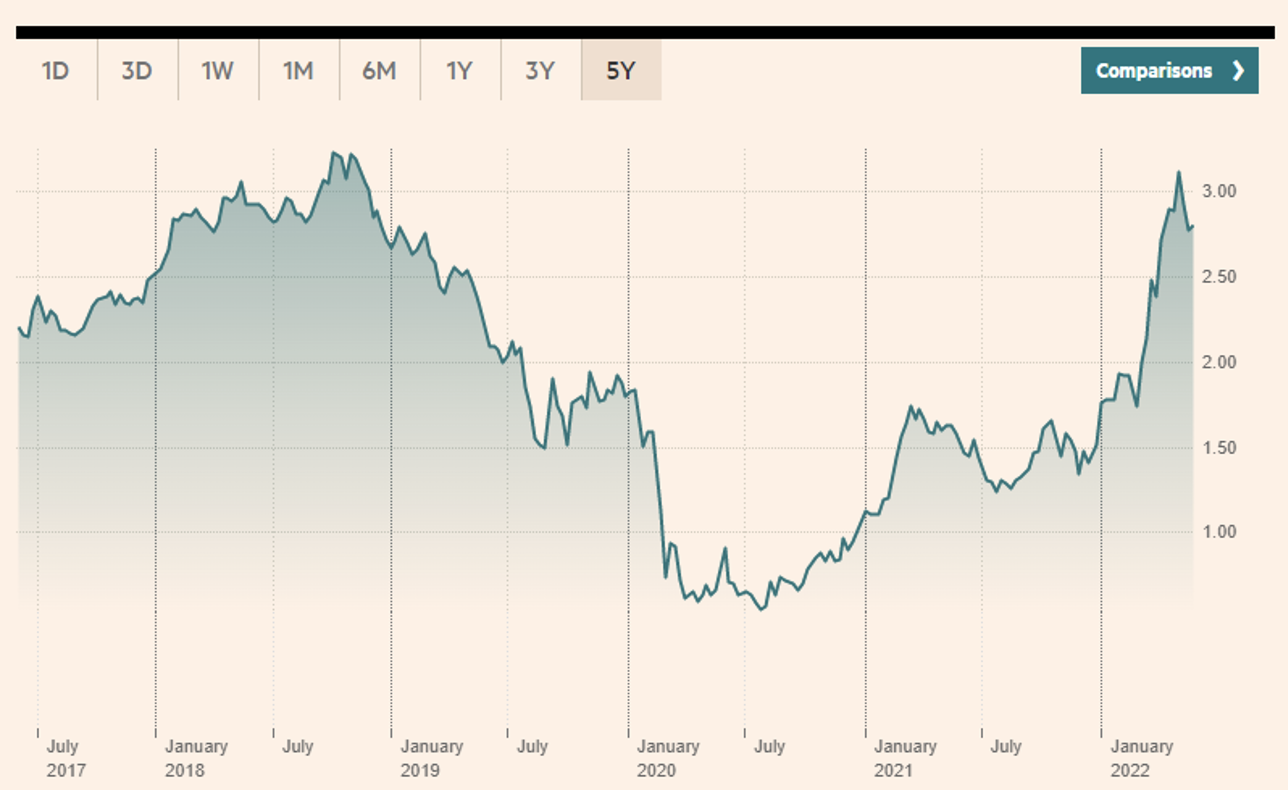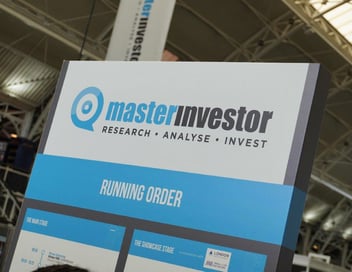Does low risk inevitably mean low reward?
Most investors are familiar with thinking of risk and reward as a sort of balancing act – the more risk you accept, the more potential reward.
A currently appropriate illustration might be the recent deflation of the crypto bubble, or should I say the ‘latest’ deflation of the crypto bubble, since we have seen this story before and will doubtless see it again in due course.
Whilst it is generally accurate that risk and reward are correlated together in this manner, there are some situations where for clear, logical reasons it is possible to obtain a chance at a higher reward without accepting a large increase in risk.
For this to be the case, you have to be confident that you have identified and properly scrutinised an investment opportunity that has fallen below the majority of investors' radar.
A core belief of the team here at Shojin, and one we would argue our investment track record provides evidence for, is that mid-market developments can provide just such under-appreciated, and therefore highly profitable, opportunities.
What is risk-free return?
When investors refer to the ‘risk-free rate of return’, they are referring to the yield on 10-year US government debt. Such Treasury notes are considered to be risk-free because the US government has as close to a zero chance of default as possible, and therefore the return you get for holding their debt is considered to come without any substantial risk.
As can be seen in the chart below sourced from the FT, this rate has for the past 5 years oscillated between a high of 3% and a low of just under 1%. Right now yields are rising sharply due to fears of inflation and stagnant growth leading to a simultaneous sell-off of both stocks and bonds, but that’s a different story for another article.


The purpose of presenting this data here is to show the sort of range of what is considered a risk-free return. Whilst a return of up to 3% might not sound bad after a decade of ultra-low interest rates, when you factor in the impact of inflation eating away at the purchasing power of these future cash flows and the long duration of the debt, (i.e. the time you would have to wait before you got your principal back, unless you sold prior to maturity in the secondary market), these returns no longer look at all appetising.
In comparison to holding US or other developed economy government debt for vanishing small yields, real estate investment is noticeably riskier. However, and this is the key point, real estate investment can certainly be argued to be less risky than equities, the predominant form of asset accumulation for retail investors by a large margin.
Risk in real estate vs risk in the stock market
Stocks can and do change in valuation very rapidly. So far this year, the S&P500 index is already down around 20%, and investors are legitimately asking themselves how much of their hard-earned savings they are willing to place at the mercy of the major stock market indices.
Real estate investment is less risky and less volatile than equities for several compelling reasons.
1. First and foremost, properties are real, tangible assets that have uses and people both need and are willing to pay for. This might sound like it is stating the obvious, but the same emphatically cannot be said to be true for most other forms of investment assets. This places real estate firmly towards the lower end of the risk spectrum, purely because there will never be a time when society doesn’t need housing, business premises, hotels or shopping centres. There will, of course, be fluctuations in the desirability of this or that property, but the asset class itself deserves to be considered as fundamentally reliable.
2. Secondly, real estate can be considered less risky than other assets because it yields an income with a high degree of regularity and certainty. Furthermore, these income streams tend to rise with inflation, rather than having their value eroded away by it like the fixed income earned by bondholders.
3. Lastly, as well as generating regular income, real estate also has huge potential to gain value over time, thus providing a second means by which owners can build wealth.
Risk and return in the mid-market development sector
To return to the overarching theme of the mid-market development opportunity, we believe here at Shojin that the currently underserved mid-market is one of the best places to take advantage of the low-risk nature of real estate.
Here the characteristics that have made property a stable, reliable, low-risk investment can be combined with the potential for market-beating returns precisely because this segment of the market is underserved and therefore less efficient than other investment markets.
Whilst most risks decline in this sub-sector because there is more scope for expertise and research to uncover ‘hidden gems’, one risk can become more acute.
That is the risk related to holding illiquid, and therefore hard to sell, investments. Illiquid assets are unappealing to many investors because they can’t quickly or easily be turned into cash, and so the holder may have to sell at a discount or hold them for longer than anticipated.
One specific mitigation of this issue we have pioneered at Shojin was the recent launch of our secondary market. Here investors can buy and sell pre-existing property investments with a growing community of enlightened investors from around the world.
The launch of our secondary market is just one of the ways we are striving to leverage technology to bring everything that is great about the real estate investment experience to our investors – the potential to buy, hold and sell assets with low risks but high rewards is the mission that motivates us to keep innovating in this market.




















